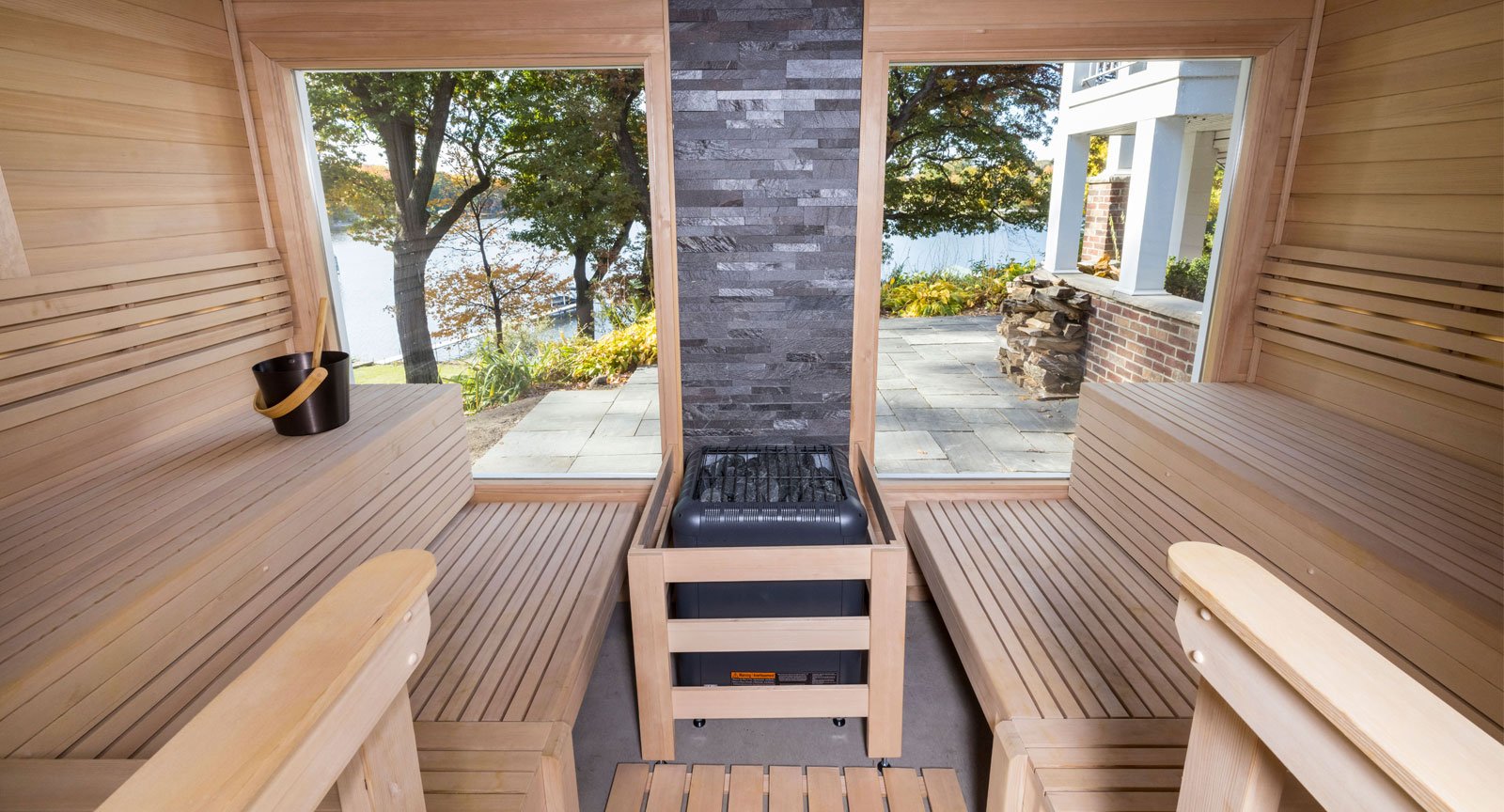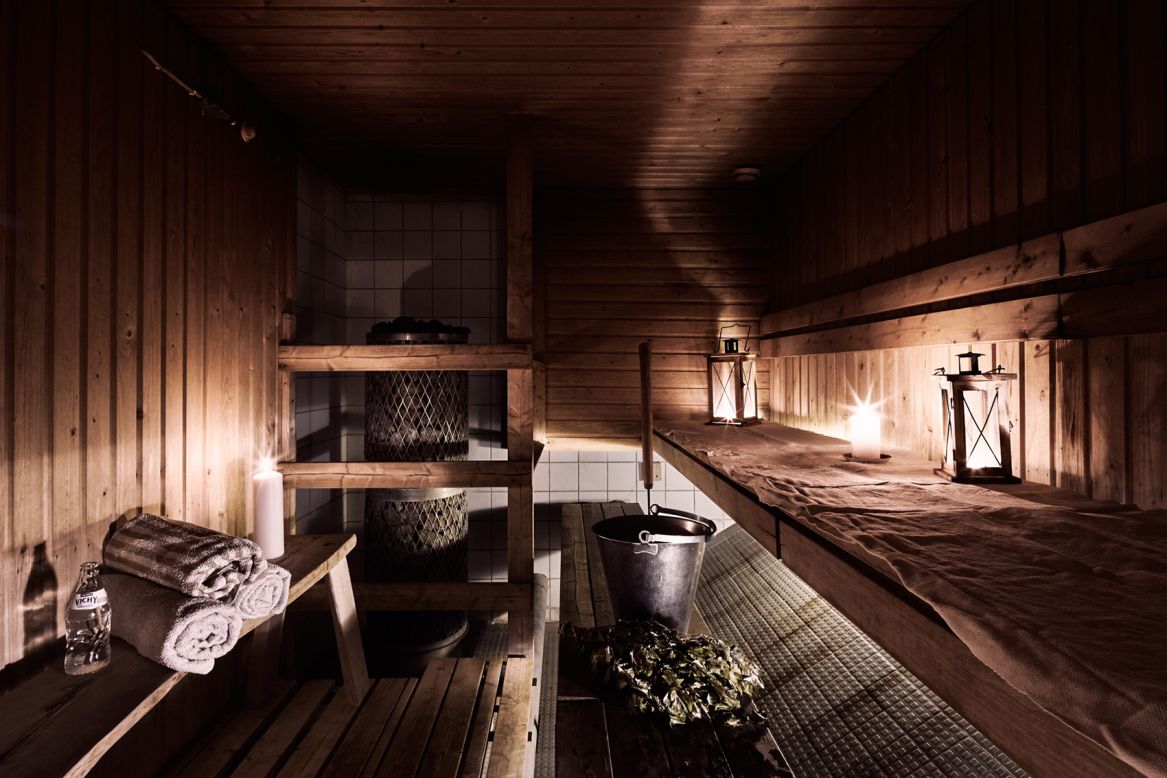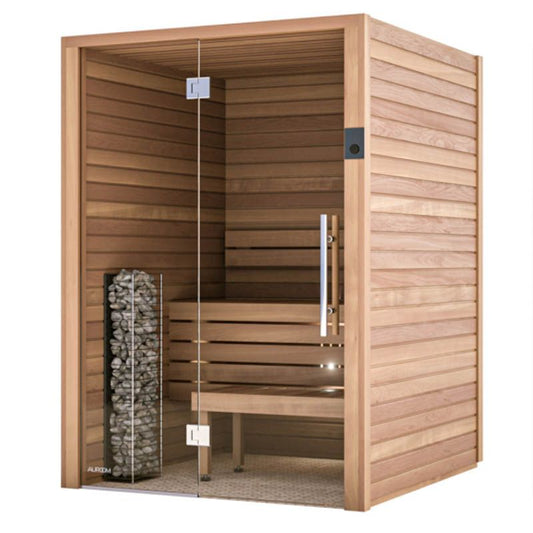The Main Principles Of Traditional Sauna
The Main Principles Of Traditional Sauna
Blog Article
Rumored Buzz on Traditional Sauna
Table of ContentsThe Basic Principles Of Traditional Sauna The Buzz on Traditional SaunaFacts About Traditional Sauna UncoveredOur Traditional Sauna IdeasMore About Traditional Sauna
Many of the weight shed in a sauna is water loss and is re-gained upon rehydrating. Without an uncertainty sauna can be an important component of a healthy weight loss program. To take a look at the distinctions in between standard and IR saunas, I will certainly divide these right into proven, academic, and fabricated differences.Thus, the hottest point in the saunawhich is at the ceiling straight above the sauna heateris generally in between 185 and 190 F. Claims that a typical sauna surpasses 200 F is just not real and not applicable for electric saunas offered in the United States. The temperature level for a far-infrared sauna is usually established in between 120 and 140 F; nonetheless, unlike the typical sauna, the goal in and IR room is not to achieve a heat.
Because of this, the temperature level difference is practically unimportant, since excessive sweating causes both sauna types, yet the technique of heating the body is different. In an IR sauna the bather will certainly feel warm and will sweat profusely, however at a lot reduced temperature levels (Traditional Sauna). Thus, if the goal is to invest longer time periods in the sauna, the IR sauna is a great choice
When a conventional sauna has been correctly heated up, the sauna walls are warm, the air temperature level has actually achieved established temperature level and the rocks are very heated. As an interesting side note, the heated wall surfaces and the rocks are sending out far-infrared warm, incorporated with the heated air, to develop an "enveloping heat".
Traditional Sauna Can Be Fun For Anyone

When the heat is achieved, the components cycle on and off to preserve the high temperature level. A lot of typical sauna customers enjoy pouring water over the rocks to create steam to raise sauna humidity levels. The benefits of pouring water over the rocks include: making the area much more comfy, dampening the nasal flows, and allowing the usage of aromatherapy by mixing necessary oils with the water.

When the power goes into the body, it triggers the body temperature to increase and inevitably leads to perspiration. In an infrared sauna it is very important for the emitters/heaters to continue to be on virtually frequently. Since there is no mass of rocks to keep warm, the sauna will certainly cool down if the emitters shut down.
As discussed over, the sauna bather in an infrared space wishes to place himself before operating emitters to get optimal take advantage of the heat. The heating time for both rooms can be very different, depending upon how the rooms visit are utilized. For a typical sauna, a bather needs to permit 30-40 minutes see this site for the room to accomplish a preferred temperature and to effectively pre-heat the rocks.
Not known Details About Traditional Sauna
A well built sauna will typically achieve a temperature level of 150-160 F in about 30-40 minutes. For hotter temperature levels, the area might need to heat for a longer duration. As soon as the room achieves established temperature level, the heating unit will cycle on and off, usually operating regarding 50% of the moment. The shielded walls and the heated rocks will keep the space hot and at secure temperature levels.

Conventional saunas have a tendency to be larger (thus utilize more electricity) than infrared saunas, although conventional saunas are absolutely offered in one and two individual sizes. For a two-person typical sauna, 5x6 or 5x7 dimension is most preferred. The top bench can pleasantly seat 2 or 3 individuals and is likewise enough time to relax during the sauna session.
Excitement About Traditional Sauna
The average expense per kWH of power in the united state is approximately $0.11, so a 4.5 kW heating system will cost approximately $.50 to compete one hour, if the heater runs continuously for one hour. Usually a sauna heating unit will certainly compete 75% of the very first hour and 50% of succeeding hours on because the aspects cycle once the set temperature is achieved.

There is a hardly ever discussed difference in the social experience in between the two spaces. While our society has actually shed some of the social advantage of the traditional sauna experience, it can be really socially gratifying (Traditional Sauna). From family time in the sauna, to heart-felt conversations with better halves, to sauna partiesthe standard sauna experience can lead to intimate mingling
Unknown Facts About Traditional Sauna
Many greater end infrared areas consist of tinted light therapy, audio systems and full-glass fronts.
Report this page